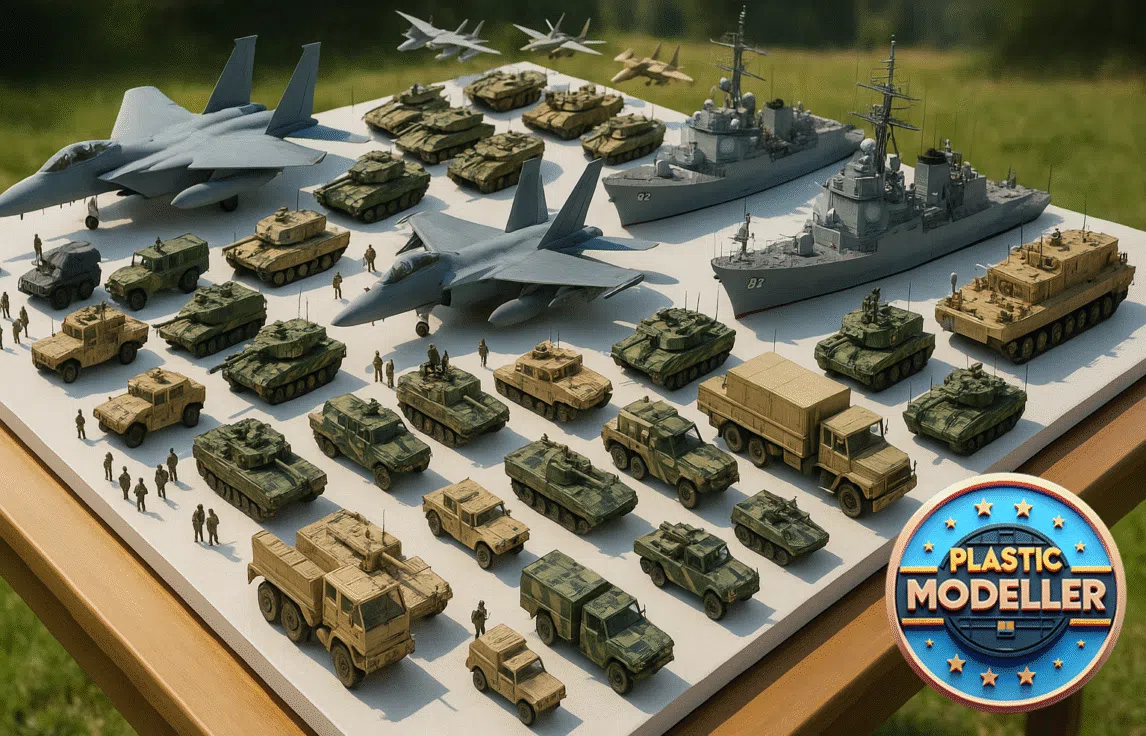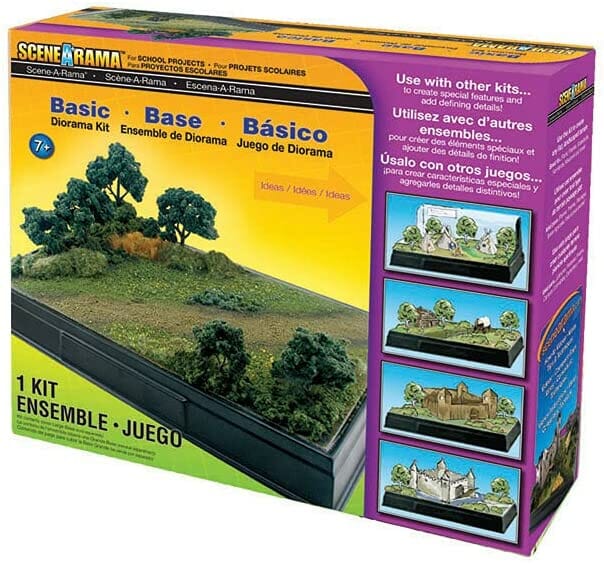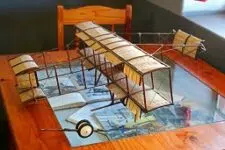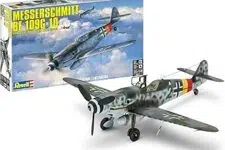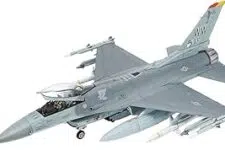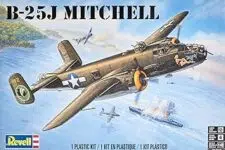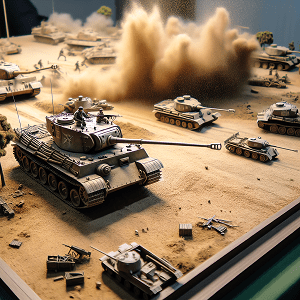
Table of Contents
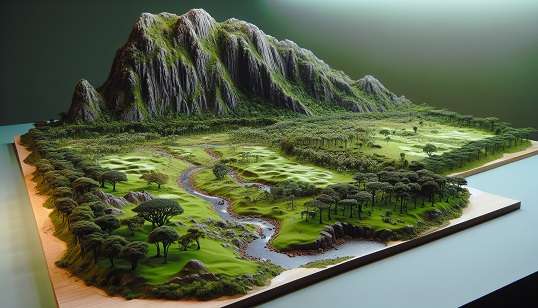
Diorama scale modeling is a captivating pastime that merges artistry, craftsmanship, and narrative to produce detailed, three-dimensional miniature landscapes. For ages, dioramas have charmed viewers with their extraordinary capability to teleport us to different realms, stimulate feelings, and incite the imagination. In this piece, we will traverse the realm of diorama scale modeling, examining its meaning, role, instances, and the process for beginners. We will also talk about the tools utilized in diorama modeling and what makes it so enthralling for enthusiasts.
What Exactly Is Diorama Scale Modeling?
A diorama scale modeling is a three-dimensional representation or backdrop created using tiny models, items, and substances. It’s a standalone environment that narrates a tale, delivers a message, or merely depicts a timespan. Dioramas can be as simple as small-scale scenes or as complex as large-scale installations, utilizing a variety of techniques and substances. Whether it’s a historical war zone, a futuristic urban landscape, or a magical fantasy realm, a diorama offers an immersive experience that encourages viewers to explore and interact with the miniature world.
What is the Function of a Model Diorama?
The function of a scale model diorama largely depends on the creator’s objective. Some dioramas are crafted to educate, while others are created to entertain or enlighten. Traditionally, dioramas served as educational instruments to reproduce significant events or settings, assisting people in visualizing and comprehending intricate notions. Nowadays, dioramas also feature in museums, exhibits, and marketing campaigns to captivate audiences and communicate messages in a unique and unforgettable manner. For enthusiasts, crafting dioramas is frequently a form of self-expression and an artistic outlet.
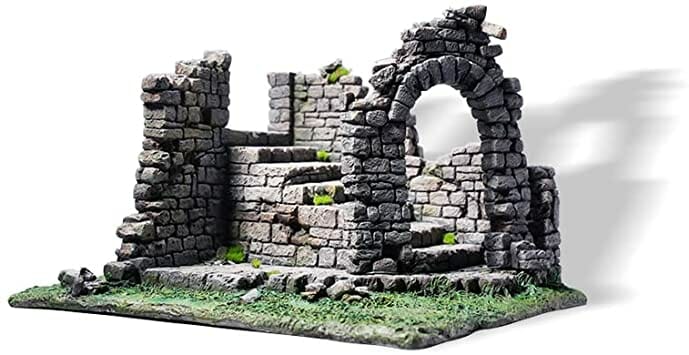
Example of a Diorama?
A notable instance of a diorama is the “Diorama of the Battle of Waterloo” fashioned by French artist Louis Daguerre in 1822. This enormous diorama spanned over 70 feet in length and 30 feet in width, showcasing thousands of minute soldiers, horses, and other details. The diorama was backlit, creating a sense of depth and ambiance that transported viewers to the battlefield. Another instance is the “Panorama of New York City” at the Queens Museum in New York City, which exhibits a colossal scale model of the city’s five boroughs.

Other Examples of Diorama Scale Modeling
A diorama model is a tangible three-dimensional display that portrays a variety of scenes. These can range from historical happenings to natural landscapes, as well as an array of other themes. The size of these models can vary greatly, and they can be constructed from different materials like paper, cardboard, wood, or plastic.
For instance, a diorama might depict a Roman war tableau, replete with combatants, equines, and war vehicles. Alternatively, it could illustrate a scene from natural history, such as a wilderness or a barren landscape, populated with flora, fauna, and other specific features.
Historical occurrences, such as the momentous signing of the Declaration of Independence, can also be captured in a diorama, detailed with representations of the individuals involved and other pertinent specifics.
Furthermore, these models can bring to life fictional scenarios from literature or cinema, furnished with characters, accessories, and other intricate details.
How Can Beginners Start Diorama Scale Modeling?
Here are some activities to start for those interested in diorama scale modeling:
Select a theme: Decide on the topic you want to portray in your diorama. This could range from a historical event to a fictional scene.
Plan your design: Draft a rough layout for your diorama, considering the dimensions, form, and composition of your scene.

Introductory Manual to Diorama Scale Modeling for Newbies
Initial Step: Assemble All Necessary Resources
* Essential instruments: craft knife, forceps, hand tools, paintbrushes
* Craft materials: molding clay, foam, corrugated paper, timber
* Scale models and embellishments
* Bonding agents and colorants
Second Step: Settle on a Concept and Proportion
* Choose the scenario or object you’re interested in replicating.
* Select the scale that suits your design (For instance, 1:12, 1:6).
Third Step: Construct the Foundation
* Develop a sturdy base using foam or cardboard.
* Mold or adapt it to establish the groundwork of your diorama.
Fourth Step: Fashion the Topography
* Utilize clay or other sculpting substances to construct the landscape, inclines, and other elements.
* Integrate texture and intricacies using tools or carving blades.
Fifth Step: Arrange the Scale Models
* Position your scale models and embellishments on the foundation.
* Test out different configurations to identify the most visually pleasing layout.
Sixth Step: Apply Color and Simulate Weather Conditions
* Color the scale models and the terrain to make them look lifelike.
* Apply weathering methods (like washes, drybrushing) to instill a sense of realism.
Seventh Step: Insert Additional Elements and Final Touches
* Incorporate greenery (like shrubs, trees) and minor details.
* Implement lighting to amplify the ambiance of the scene.
* Apply a sealant to safeguard your diorama for longevity.
Advice for Newbies:
* Initiate with a small, easily manageable project.
* Test techniques on extra pieces before applying them to your primary diorama.
* Utilize reference images and online guides for inspiration and mastering techniques.
* Venture to work with various materials and textures.
* Don’t fear making errors; rather, learn and grow from them.

What Tools are Employed in Diorama Scale Modeling?
The tools utilized in diorama scale modeling can vary greatly, depending on the desired effect and level of detail. Accessories Supplies and Upgrades includes:
* Cardboard or foam board for bases and structures
* Balsa wood or craft sticks for framework
* Papier-mâché or plaster for terrain features
* Paint (acrylic or oil) for hues and texture
* Glue (hot glue gun or white glue) for assembly
* Miniatures (plastic or metal) for characters or vehicles
* Artificial foliage (fabric or paper) for vegetation
* Water effects (resin or varnish) for bodies of water
Conclusion: Why do Hobbyists Find Diorama Scale Modeling so Engaging and Satisfying?
Diorama scale modeling presents a distinctive blend of creativity, technical challenge, and narrative expression, making it an incredibly fulfilling pastime. By designing miniature universes, enthusiasts can unleash their creativity and actualize their concepts in a tangible manner. The procedure of planning and constructing a diorama demands patience, meticulousness, and problem-solving abilities, making it a stimulating and gratifying experience.
Moreover, diorama scale modeling offers enthusiasts the opportunity to connect with others who share similar interests and passions. Online communities and forums offer platforms for sharing images of ongoing projects, receiving feedback, and learning from others.
Consider these characteristics when constructing a home diorama workplace:
Space Needed:
- Store materials, tools, and the diorama in a large space. Paint and glue fumes are toxic, so ventilate and light the area.
Arrangement:
Set up storage for tools, supplies, and miniatures to organize your workstation. Shelves, drawers, and other storage containers keep things orderly and accessible.
Illumination:
- Precision work requires a well-lit workspace with adjustable illumination, even if natural light is best. Use task and overhead lights to illuminate your workspace.
Air circulation:
Paints, glues, and other items release hazardous fumes, thus ventilation is essential. A ventilation fan or open windows will increase airflow.
Additional Considerations:
Explain and limit your modeling activity in a shared workspace.
Some modeling materials and tools generate noise. Use headphones or a quiet environment.
Display reference materials, paintings, and miniatures to inspire creativity.
Possible Locations:
Consider a craft room, art studio, basement, attic, unused bedroom or guest room, or well-ventilated garage or workshop. A dining table or desk in a well-lit living or bedroom corner.
